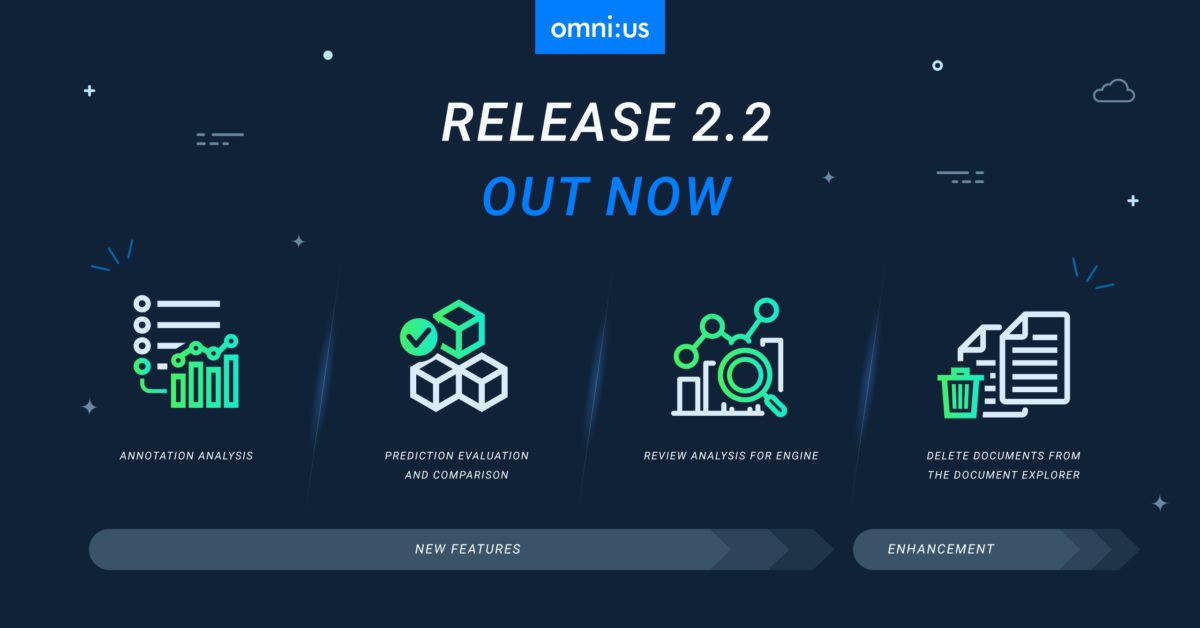In the last few years, more and more companies have been examining whether it would be economically viable to integrate an AI application into their strategies and how it could be achieved.
It is clear that in the future, AI will be more efficient than humans when it comes to intensive, repetitive tasks. Identifying the relevant areas for use is the first step towards successful implementation. The process involves questioning and breaking up existing structures. It is crucial to ‘think outside the box’; we should not simply be looking at ways to hand an existing process over to AI. Unlike deterministic systems, agile AI systems provide the opportunity to overhaul processes.
Where organizations work with large amounts of data, it makes sense to introduce AI systems across departments and projects. Self-learning algorithms are able to decide how they handle this data. This offers new potential for business intelligence solutions, automation and product development.
In this context, it is important that companies scrutinise exactly where processes could be combined effectively. Open structures between departments and flat hierarchies are beneficial here, as they unleash the workforce’s creative potential and encourage each individual to overhaul the company’s processes.
Patrick Wirth, Director of Investment & Digital Transformation, Baloise Group: In the next 10 years it will be possible to which could handle more than 95% of all kind of processes fully automated. Nevertheless, insurances will need employees. They will spend their time with customers and make them happy and not be trapped in a world of copying data from a to b, searching for information or to switch from one application to another. It will be highly interesting to see how fast existing player can adopt the new technologies by replacing legacy systems and reinventing processes.
Patrick Wirth, Director of Investment & Digital Transformation, Baloise Group:
Few other sectors have to deal with comparable quantities of unstructured data on a daily basis, and few other environments have an original business model that is so strongly focused on analysis and assessment.
AI can bring new levels of automation to processing the vast numbers of documents that insurance organisations have to deal with. The best example is claims management. Today, the numerous documents that are submitted for a claim up manually. AI can radically simplify and speed up these processes – and trained systems can do even more. AI can extract and prepare any number of data points from the analysed documents, thereby providing the company with a hitherto unused data resource. The systems can use their experience to support the judgements and decisions of the claims handlers by, for example, assessing the prices of repairs or comparing accident reports with photos of the damage.
Thanks to big data, AI can open up new possibilities when it comes to automated fraud detection or the development of personalised insurance products and benefits.
